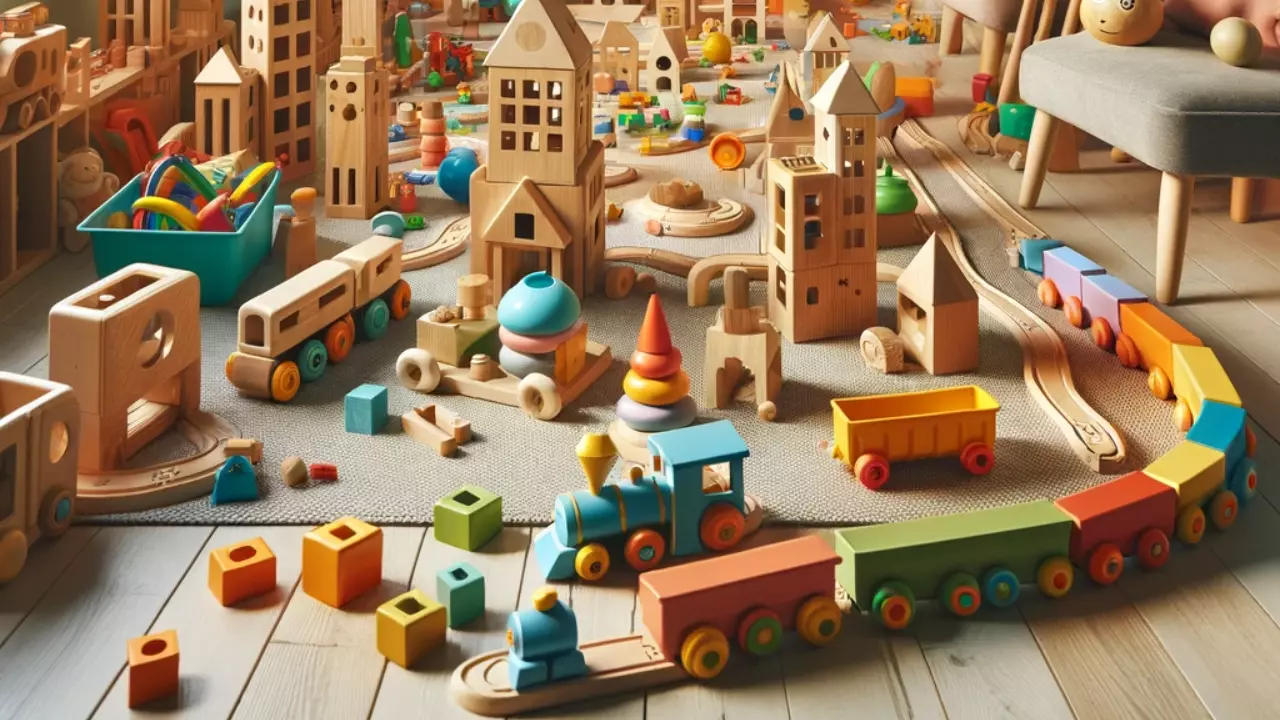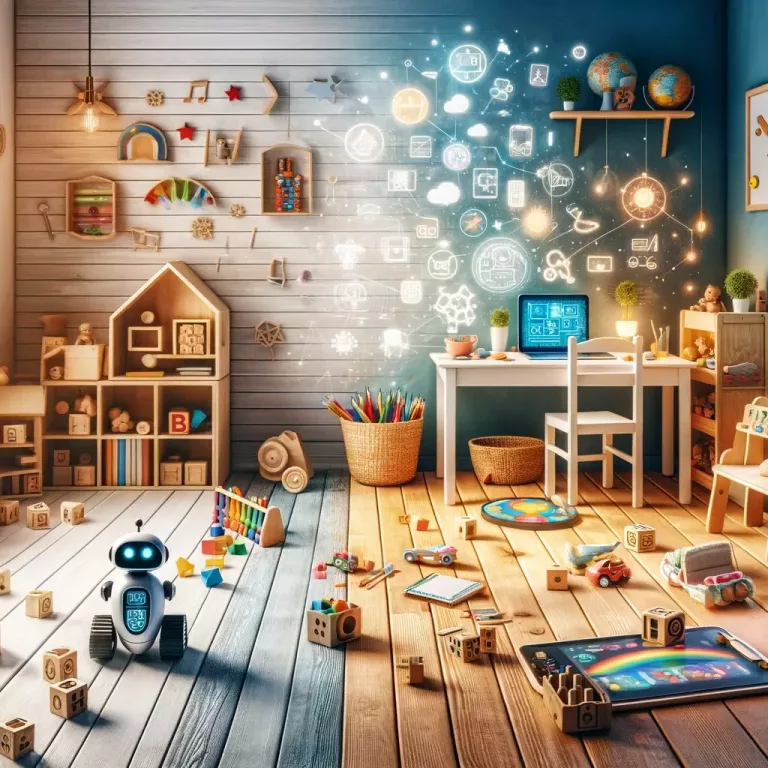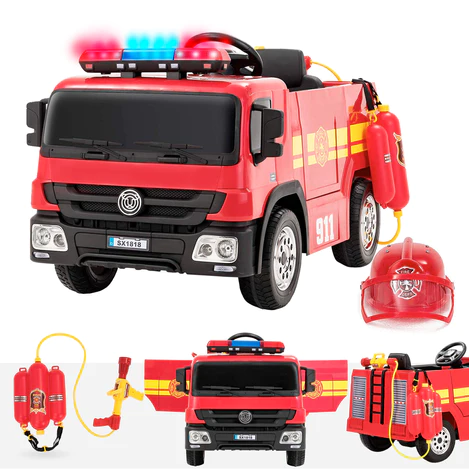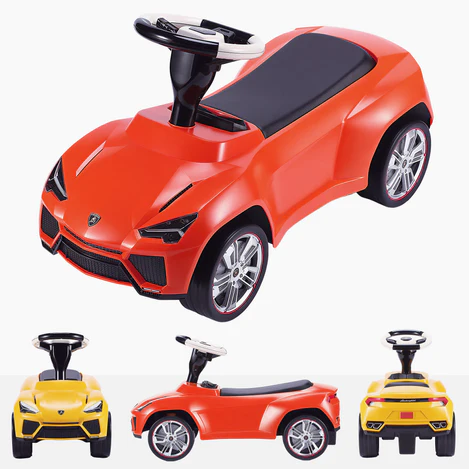In the world of child development and parenting, the term ‘open-ended toys’ is often tossed around, but what exactly does it mean?
These toys are not just playthings; they are gateways to a world of imagination, creativity, and learning.
Open-ended toys, such as simple wooden blocks or construction sets, have been found to promote high-quality play among children.
These toys allow for multiple uses and encourage creativity, problem-solving, peer interaction, and language development.
As we delve into this topic, we’ll explore how these simple yet powerful toys can shape the minds and skills of our children, paving the way for a brighter, more inventive future.
Table of Contents
ToggleUnderstanding Open-ended Toys
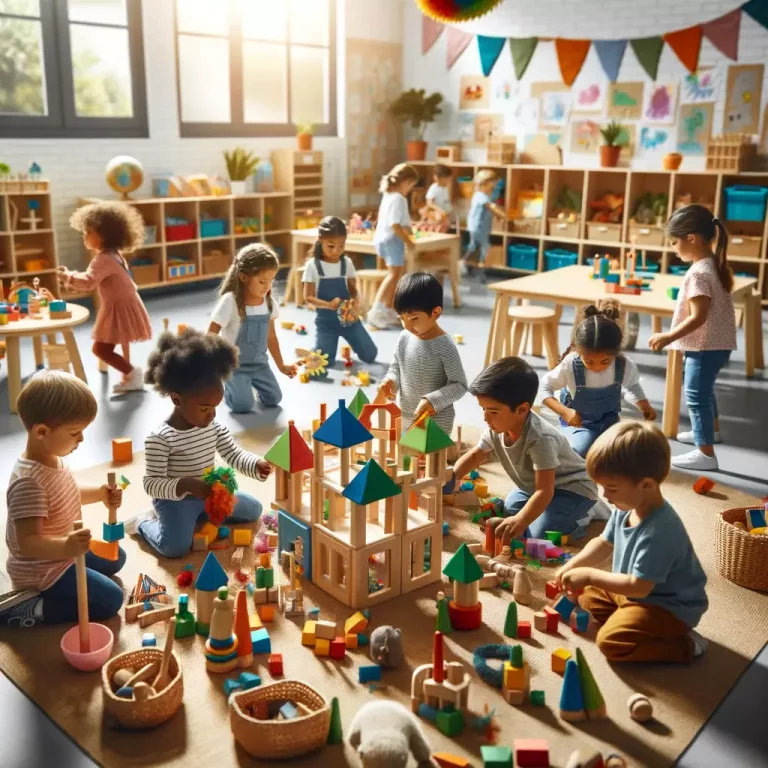
What Defines an Open-ended Toy?
At the heart of open-ended play lies the essence of simplicity and versatility.
Open-ended toys, often referred to as creative toys or imaginative play aids, are those that do not have a predetermined use or function.
Unlike traditional, closed-ended toys, these are a blank canvas for creativity and innovation.
They invite children to imprint their imagination, creativity, and problem-solving skills onto them.
Uncover key insights with our article on UK toy trends and industry figures, focusing on sustainable and STEM toys, alongside the trend of online toy shopping.
Essential reading for parents, teachers, and toy enthusiasts wanting to stay ahead.
A Contrast to Purpose-Specific Toys
While a puzzle or a game with rules directs play along a specific path, open-ended toys like blocks or fabric pieces offer infinite possibilities.
This distinction is crucial in understanding why open-ended toys are so beneficial for developmental growth.
Benefits of Open-ended Toys in Child Development
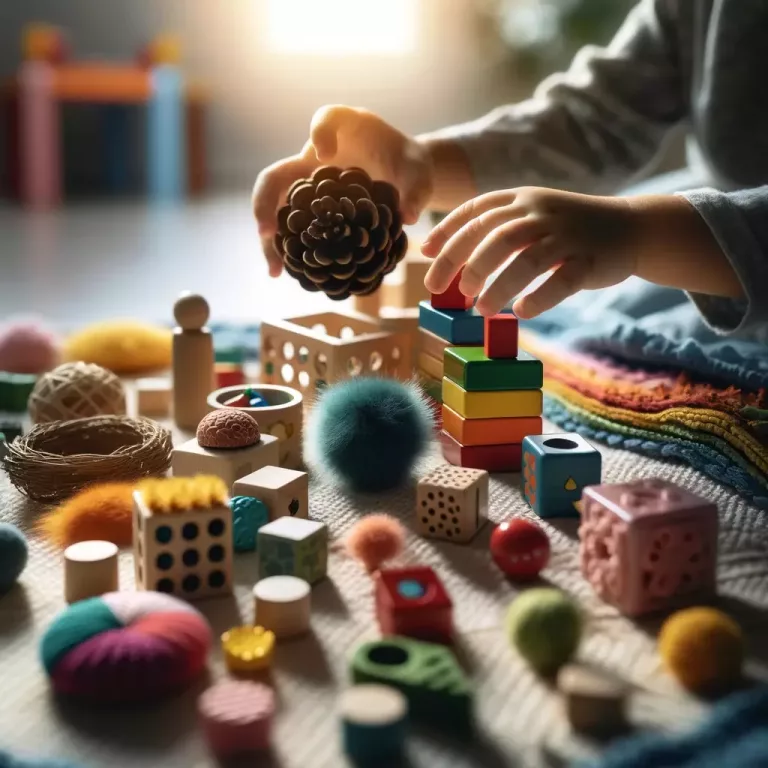
Catalysts for Creativity and Imagination
Open-ended toys are the seeds from which the fruits of creativity and imagination grow.
They empower children to create their narratives and adventures, telling a tale or building their own miniature worlds with wooden figures or construction toys.
Fostering Problem-Solving and Critical Thinking
When children engage with open-ended toys, they’re not just playing; they’re learning to think critically and solve problems.
These toys provide real-world scenarios where children can experiment with solutions and outcomes.
Developing Motor Skills
Both gross and fine motor skills get a workout with open-ended toys.
Whether it’s stacking blocks or dressing up a doll, these toys help in honing the physical skills essential for growth.
Encouraging Independence and Self-expression
In a world where children are often told what to do, open-ended toys give them the wheel.
They decide the course of their play, fostering a sense of independence and self-expression.
Building Patience and Perseverance
Open-ended play isn’t always straightforward, and that’s a good thing. It’s about the child taking the lead, whether they are creating a small world with dolls and playsets, or building a bridge with wooden blocks.
The Role of Open-ended Toys in Cognitive and Social Development
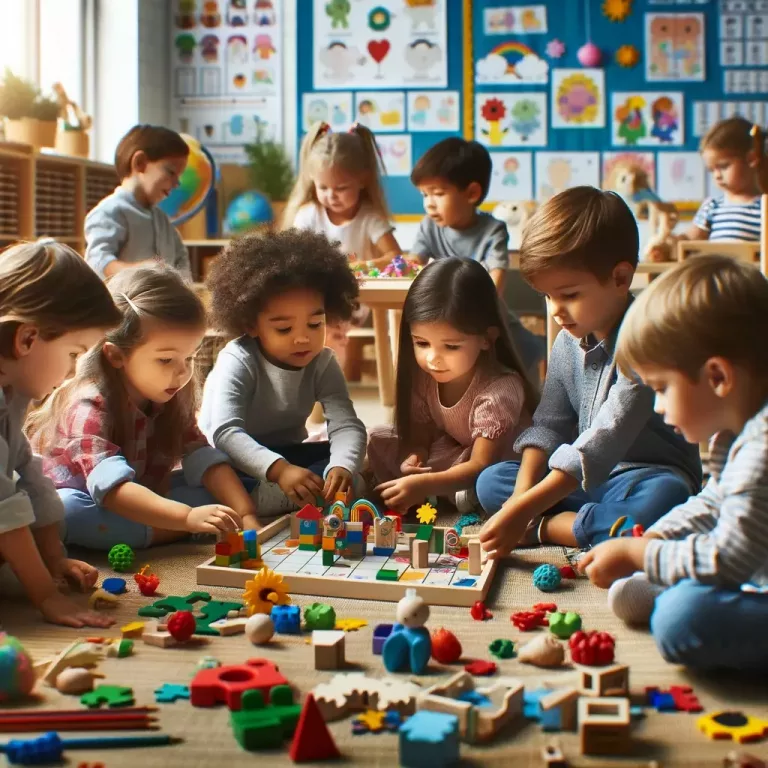
Educational toys like magnetic tiles and logic-based puzzles help in developing critical thinking and reasoning skills.
STEM toys and engineering toys, such as wooden trains and train tracks, promote problem-solving and troubleshooting abilities.
Impact on Cognitive and Language Development
The link between open-ended play and cognitive development is well-documented. Studies have shown that children who engage with these toys show heightened creativity, better problem-solving skills, and advanced language development.
Promoting Social Skills and Peer Interaction
Open-ended play often involves other children, providing a rich ground for developing social skills.
Through shared play, children learn to communicate, collaborate, and understand different perspectives.
Special Focus on Children with Special Needs
For children with special needs, open-ended toys are not just toys; they’re tools.
They offer a unique way to engage with the world, helping in language skills, sensory activities, and cognitive development.
Examples of Popular Open-ended Toys
- Magnetic Tiles: Perfect for exploration and discovery, magnetic tiles are a top pick among STEM toys.
- Building Bricks: Classic construction toys, like Lego, offer endless possibilities for creative play.
- Play Silks: Simple yet versatile for imaginative play.
- Plain Wood Blocks: The quintessential open-ended toy.
- Realistic Toy Animals: Ideal for storytelling and creating dioramas with animal figures.
- Mini Vehicles: A gateway to numerous adventures.
- Easel: For the little artist in every child.
- Jumbo Droppers: Great for exploring science and fine motor skills.
- Grimm’s Rainbow Stacker: A multifunctional toy that inspires creativity.
- Wood Peg Dolls: Perfect for role-playing and storytelling.
Integrating Open-ended Toys in Everyday Play
Incorporating open-ended toys into your child’s playtime is not just about buying the toys; it’s about creating an environment that values and encourages open-ended play.
Parents and educators can facilitate this by providing a variety of open-ended toys and also using everyday materials to inspire creativity.
The Role of Parents in Open-ended Play
Parental guidance is crucial in maximising the learning through play experience. Introduce wooden puzzles or kinetic sand to challenge their fine motor skills.
Ask open-ended questions like “Tell me about what you’re building,” or “What happens next in your story?” This encourages children to think critically and express themselves.
Parents can also introduce new elements or ideas to play without taking over, helping to expand the child’s imagination and creativity.
Choosing the Right Open-ended Toy for Your Child
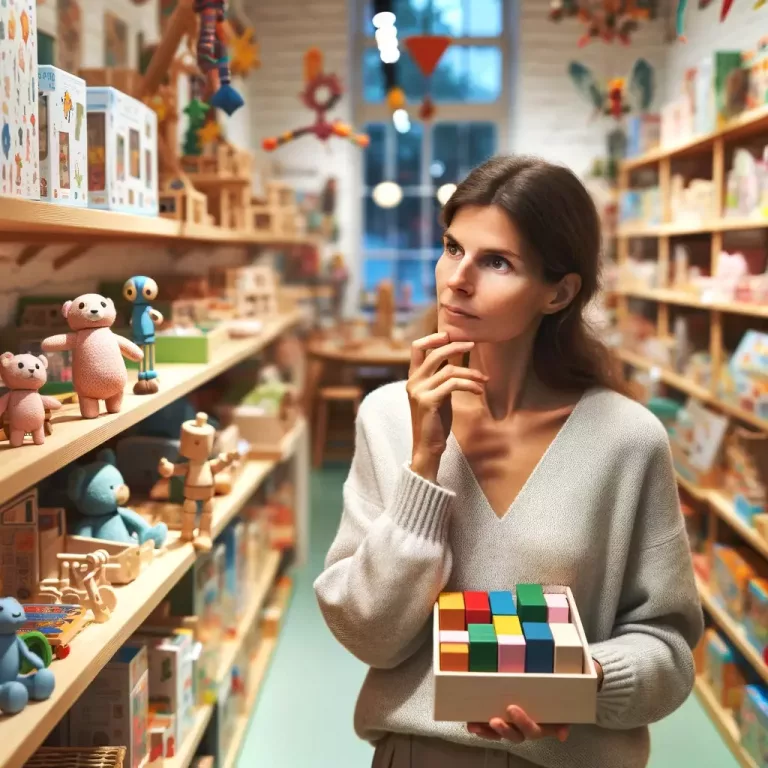
When selecting open-ended toys for your child, it’s essential to consider their age, interests, and developmental stage.
Observe your child’s play preferences. If they love storytelling, figurines and wooden dolls can be great.
If they’re fascinated by mechanics, building bricks and mini vehicles can fuel their curiosity.
As children grow, more complex toys like magnetic tiles or construction sets can challenge their problem-solving skills and foster creativity.
It’s also important to observe your child’s interests.
If they love storytelling, figurines and peg dolls can be great.
If they’re fascinated by mechanics, building bricks and mini vehicles can fuel their curiosity.
Adapting Open-ended Toys for Various Age Groups
The beauty of open-ended toys lies in their adaptability across different age groups.
For instance, wooden blocks can be used for simple stacking in toddlers, evolving into complex architecture toys as the child grows.
This adaptability not only makes open-ended toys a cost-effective option but also ensures they remain engaging and relevant as a child grows and their interests evolve.
Incorporating Open-ended Toys in Educational Settings
Educators can effectively integrate open-ended toys into the classroom to enhance learning experiences.
These toys can be used in group activities to promote teamwork and social skills.
In a learning environment, child-caregiver interaction is enhanced as children share their creations made with open-ended toys, like dioramas or train sets.
Additionally, teachers can use these toys as tools for specific learning objectives, like using building blocks to teach basic math concepts or magnetic tiles to explore geometry.
Sustainable and Eco-Friendly Options
In today’s environmentally-conscious world, choosing sustainable and eco-friendly open-ended toys is crucial.
Look for toys made from natural materials like wood, organic fabrics, or recycled materials.
Choosing wooden animals, forest animals, and other nature toys not only teaches children about sustainability but also brings them closer to understanding the environment.
Plus, eco-friendly toys are often safer and more durable, ensuring they can be passed down to younger siblings or friends, extending their life cycle, and teaching children about the value of longevity and resourcefulness.
Building a Diverse Toy Collection
A diverse collection of open-ended toys caters to different developmental needs and interests.
A collection featuring best sellers like magnetic tiles, new arrivals like eco-friendly playsets, or even sale items like woodland animals ensures a well-rounded developmental experience.
This variety ensures children are exposed to a range of experiences and learning opportunities.
Remember, the goal isn’t to have a large number of toys, but rather a varied collection that continually inspires and challenges your child.
Quality and Safety Considerations
While the benefits of open-ended toys are numerous, it’s essential to choose toys that are safe and durable.
Look for high-quality materials and consider the age-appropriateness of the toys to ensure a safe play environment.
Conclusion
Open-ended toys are not just playthings; they are tools for building a foundation of creativity, problem-solving, and independence in our children.
By embracing these toys, we’re not just providing our children with a source of entertainment; we’re equipping them with the skills they need to thrive in a complex world.
So, let’s give our children the gift of open-ended play and watch as they build, imagine, and grow into the leaders, innovators, and creators of tomorrow.
FAQs on What Are Open-ended Toys?
Open-ended toys can be introduced at any age, starting from infancy. For very young children, simple toys like wooden blocks or soft fabric pieces are ideal. As children grow, more complex open-ended toys can be introduced to match their developing skills and interests. The key is to choose toys that are age-appropriate and safe for their developmental stage.
Traditional educational toys often have a specific purpose or way to be used, like puzzles or electronic learning games. Open-ended toys, on the other hand, do not have a predetermined purpose and allow children to use them in various ways. This lack of structure in open-ended toys encourages creativity, imagination, and independent decision-making, differentiating them from more structured educational toys.
Absolutely. Open-ended toys are excellent tools for social development. They encourage children to play cooperatively, share ideas, and negotiate roles when playing with others. This kind of play helps develop essential social skills like communication, empathy, and the ability to work in groups, which are vital for their overall development.
Yes, certain open-ended toys are especially good for developing fine motor skills. Toys like play dough, kinetic sand, and small building blocks require children to use their hands for manipulation, which helps strengthen their hand muscles and improve coordination. These activities are not only fun but also crucial for the development of fine motor skills needed for tasks like writing and using tools.
